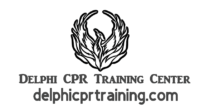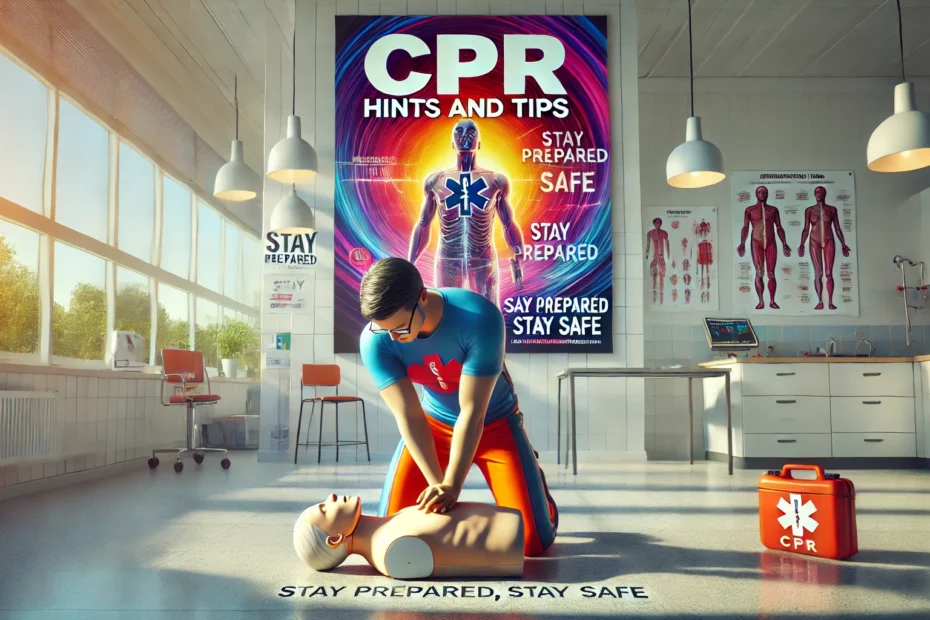When someone experiences sudden cardiac arrest, every second counts. Immediate action is essential to keep the person alive until professional medical help arrives. Two life-saving interventions—CPR (Cardiopulmonary Resuscitation) and AED (Automated External Defibrillator)—work together to give victims of cardiac arrest the best chance of survival. In this post, we’ll explore how CPR and AED complement each other and why learning both skills is critical.
What Happens During Cardiac Arrest?
Cardiac arrest occurs when the heart suddenly stops beating effectively. As a result, blood is no longer pumped to the brain and other vital organs, which can lead to death within minutes if no action is taken. Cardiac arrest can be caused by a heart attack, electrical malfunctions in the heart, or other medical conditions.
Without immediate intervention, the chances of survival decrease dramatically—by 7-10% for every minute that passes without treatment. This is why learning CPR and how to use an AED can be life-saving.
How CPR Helps
CPR is a technique that involves chest compressions to manually pump blood throughout the body when the heart is no longer doing its job. By keeping blood flowing, CPR ensures that the brain and organs continue to receive oxygen until normal heart function is restored or professional help arrives.
Key Steps for CPR:
- Check responsiveness: If the person is unresponsive and not breathing normally, call 911 immediately.
- Start chest compressions: Push hard and fast in the center of the chest at a rate of 100-120 compressions per minute.
- Provide rescue breaths: If you’re trained in full CPR, give 2 rescue breaths after every 30 compressions. If not, hands-only CPR can still be effective.
How an AED Works
An AED is a portable device that delivers a shock to the heart. The shock helps restore the heart’s normal rhythm in cases of sudden cardiac arrest. AEDs are designed to be user-friendly and come with step-by-step voice instructions, so anyone can use them, even without prior training.
Key Steps for Using an AED:
- Turn on the AED: Follow the visual or audio prompts provided by the device.
- Attach the pads: Place the adhesive pads on the person’s bare chest as indicated (usually one pad above the heart and one below).
- Deliver the shock: The AED will analyze the heart’s rhythm and instruct you to deliver a shock if necessary.
- Resume CPR: After delivering a shock, immediately resume CPR until help arrives or the person shows signs of life.
How CPR and AED Work Together
When CPR and AED are used in combination, they offer the best chance of survival for someone in cardiac arrest. Here’s how:
- CPR Keeps Blood Flowing: CPR provides a crucial bridge by keeping oxygenated blood circulating to the brain and organs until an AED can be applied or emergency responders arrive.
- AED Restores the Heart’s Rhythm: While CPR helps maintain blood flow, it doesn’t restart the heart. This is where the AED comes in—delivering a controlled shock that can restore a normal heartbeat.
- AED Enhances the Effectiveness of CPR: Using an AED within the first few minutes of cardiac arrest increases the likelihood that the heart will regain a stable rhythm. When followed by CPR, this dramatically improves survival rates.
The Importance of Acting Quickly
The combination of CPR and AED is a powerful tool in saving lives, but timing is critical. Studies show that survival rates are highest when CPR is started immediately and an AED is used within the first 3-5 minutes after cardiac arrest. That’s why it’s essential to act quickly, even if you’re unsure—every second matters.
Conclusion: Learn CPR and AED to Be Prepared
Cardiac emergencies are unpredictable, but being prepared can save lives. By learning CPR and how to use an AED, you can provide immediate help when it’s needed most. Whether you’re at home, work, or in public, knowing these life-saving skills empowers you to make a difference.
If you’re ready to learn CPR and AED skills, visit Delphi CPR Training Center. Their expert instructors provide hands-on training to equip you with the knowledge and confidence you need to act in an emergency.


